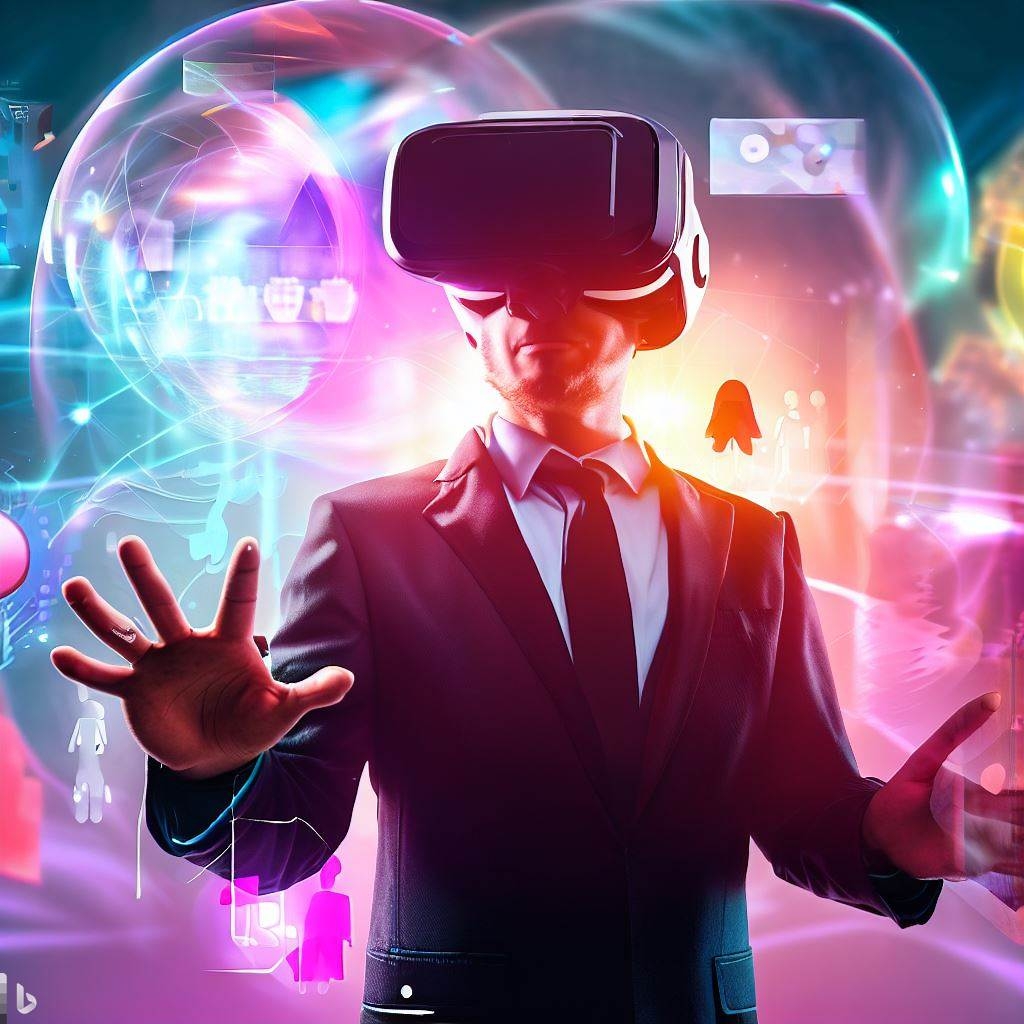Magic Leap SDK: A Comprehensive Guide to Developing Mixed Reality Experiences

Mixed reality (MR) has opened up a new realm of possibilities, blending the virtual and physical worlds seamlessly. Magic Leap SDK, a powerful development platform, enables creators to build immersive mixed reality experiences. In this comprehensive guide, we will dive into the world of Magic Leap SDK and provide you with step-by-step instructions to develop your own captivating MR applications.
Section 1: Understanding Magic Leap SDK
- Introduction to Magic Leap: Discover the groundbreaking technology behind Magic Leap and how it revolutionizes mixed reality experiences.
- Key Features: Explore the unique features and capabilities of Magic Leap SDK, such as spatial mapping, gesture recognition, and spatial audio.
- Compatible Devices: Learn about the Magic Leap devices, such as Magic Leap One, and their compatibility with the Magic Leap SDK.
Section 2: Setting Up Your Development Environment
- Magic Leap SDK Installation: Step-by-step instructions to install the Magic Leap SDK and set up your development environment.
- Hardware Requirements: Understand the hardware requirements for developing with Magic Leap and ensure your system meets the specifications.
- Device Setup: Walkthrough the process of setting up your Magic Leap device and establishing a connection with the Magic Leap SDK.
Section 3: Magic Leap Development Basics
- Magic Leap SDK Components: Explore the various components of the Magic Leap SDK, including the Lumin Runtime, Lumin SDK, and Magic Leap Creator Portal.
- Spatial Computing: Dive into the concept of spatial computing and learn how to leverage it in your mixed reality applications.
- Input and Interaction: Understand how to implement user input and interaction methods using the Magic Leap SDK, such as hand tracking, gaze, and voice recognition.
Section 4: Building Your First MR Application with Magic Leap SDK
- Project Setup: Set up a new MR project in your preferred development environment, such as Unity or Unreal Engine, and configure it for Magic Leap SDK.
- Environment Mapping: Learn how to create a spatially aware environment using Magic Leap’s spatial mapping capabilities and incorporate it into your MR application.
- Implementing Interactions: Code interactions with virtual objects, integrate gesture recognition, and create intuitive user interfaces within your MR experience.
Section 5: Testing and Deployment
- Testing Your MR Application: Learn how to test and debug your MR application on the Magic Leap device to ensure optimal performance and user experience.
- Publishing and Distribution: Understand the process of packaging your MR application and submitting it to the Magic Leap World for distribution, reaching a wider audience.
Conclusion: Magic Leap SDK unlocks the potential of mixed reality, enabling developers to create immersive and interactive experiences that blur the line between the virtual and physical worlds. This comprehensive guide has provided you with a solid foundation to get started with Magic Leap SDK, from installation to building your first MR application. Embrace the power of mixed reality and let your imagination soar as you create captivating experiences that transport users to a whole new reality. With Magic Leap SDK, the future of mixed reality development is at your fingertips.





